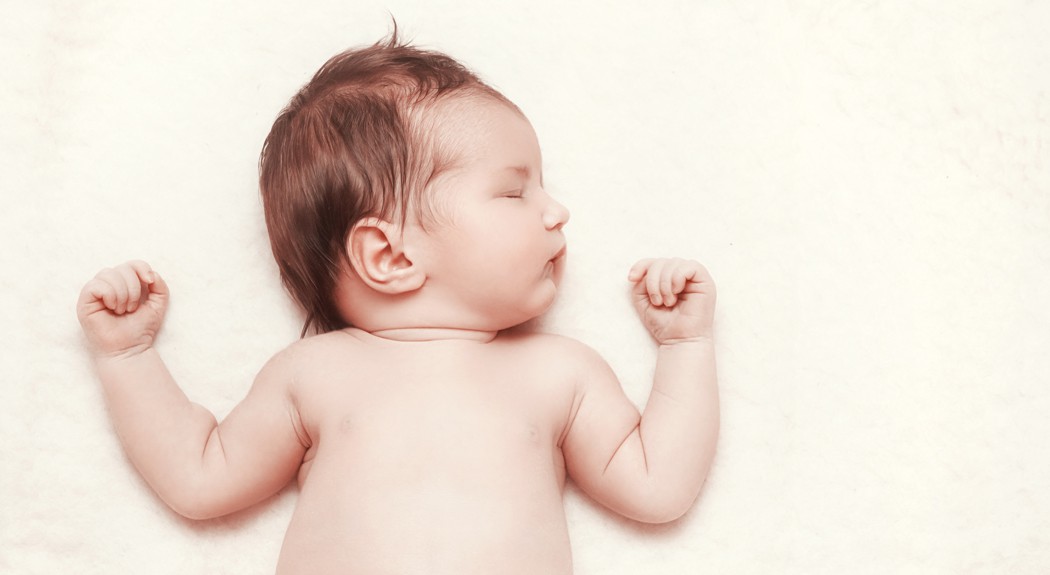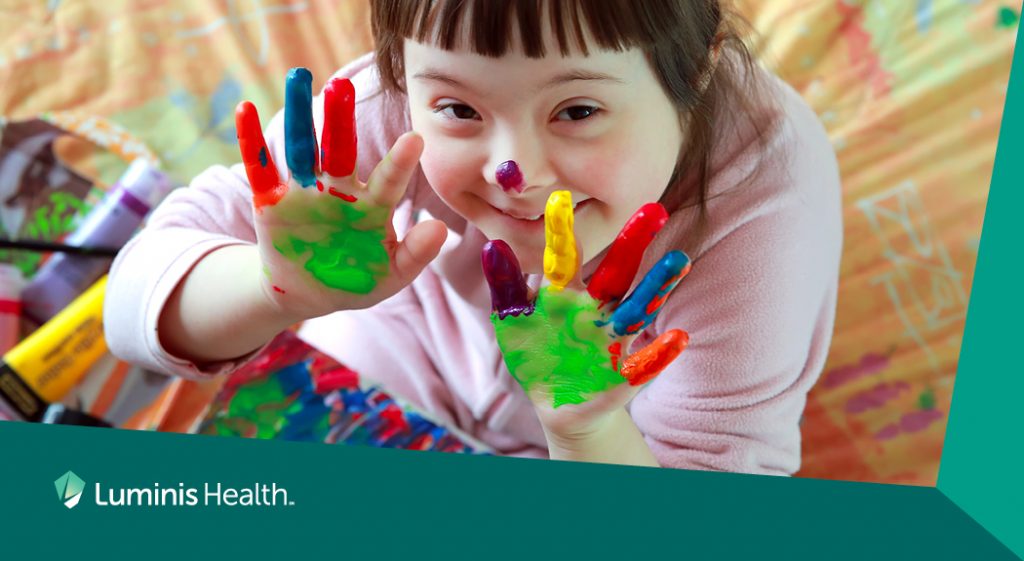Parents are often flooded with advice on how to care for their new baby.
Much of that advice is on how to get them to go to sleep — including when, where and how.
Sadly, about 3,500 infants die every year in the U.S. from sleep-related deaths, including deaths from accidental suffocation and strangulation, according to the American Academy of Pediatrics (AAP).
To prevent this tragedy, it’s important you have the right information on recommended safe sleep practices.
“The biggest misconception is that parents think it won’t happen to their baby,” says Charlotte Wallace, AAMC community health nurse and environmental health coordinator. “But it can.”
Here are some other common myths — and truths — about infant safe sleep.
Myth #1: It’s OK to fall asleep with your baby
We’ve all seen the cute pictures of babies snuggled up on couches or in beds with their mothers or fathers. This is fine if the parents are awake and alert. Otherwise, there’s a risk of suffocation.
When it comes to co-sleeping, there is a “survivor bias,” says Wallace. New parents hear from other parents who safely slept with their baby and then feel safe themselves.
“We’re a really cozy society, with fluffy mattresses, comforters, and couches with a lot of cushions. That’s not a safe place for a baby to sleep,” Wallace says.
AAP also cautions parents against using devices that claim to reduce the chance of sleep-related deaths.
Those include positioners and other devices placed in your bed to separate you from your baby. Infants are safest sleeping in your room – but not in the same bed, AAP says.
Myth #2: Babies need to be bundled up all the time
In 2016, eight Anne Arundel County infants died due to unsafe sleeping practices, and Wallace says three of those deaths occurred over the summer.
“Overheating is a real concern,” she says. “The general rule of thumb is you dress your baby in one more layer than what you would be comfortable wearing.”
Avoid covering your baby’s face, as that could lead to suffocation.
Myth #3: Sleep monitors will alert you to any danger
“Baby monitors provide a false reassurance,” Wallace says.
If a child is suffocating, there’s no noise for a monitor to detect that will alert the caregiver. Following the basic guidelines of no sleeping with your baby, always placing your baby on their back to sleep, and using a firm sleep surface will dramatically reduce your infant’s risk of a sleep related death.
AAP also cautions against relying on cardiorespiratory monitors as a way to make sleep safer. There’s no data to prove these decrease the risk of infant sleep deaths.
Myth #4: Sleep-related deaths can happen to babies at any age
The National Institute of Child Health and Human Development says babies are at risk of sleep-related deaths only until they are a year old. Most deaths occur when babies are between a month and four months of age.
If your baby rolls over on his or her own during sleep, you don’t need to turn the baby over, the Institute says. Most babies start rolling over on their own once they are four to six months old.
Learn more about how to care for the new addition to your life at AAMC’s Newborn Care class.




